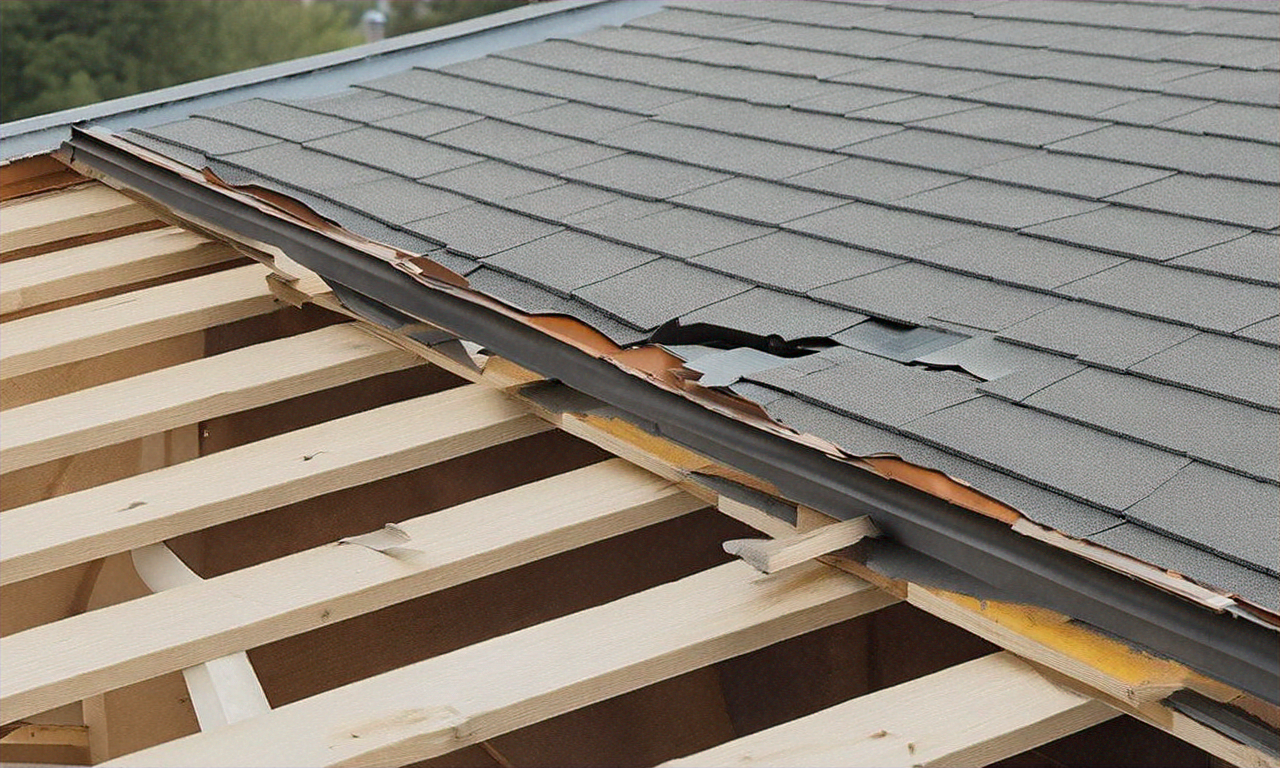Roof Waterproofing: Essential Protection for Your Home
Roof waterproofing is a critical aspect of building maintenance and construction that plays a vital role in protecting structures from water damage. This process involves applying specialized materials to the roof surface to create a water-resistant barrier, preventing moisture from seeping into the building's interior. Effective waterproofing not only extends the lifespan of your roof but also safeguards the entire structure from potential water-related issues. In this article, we'll explore the importance of roof waterproofing, its methods, and how it contributes to the longevity of your home or building.

What are the common methods of roof waterproofing?
There are several effective methods for waterproofing roofs, each suited to different types of structures and climates. One popular approach is the application of liquid waterproofing membranes, which form a seamless, flexible barrier when applied to the roof surface. These membranes are particularly useful for flat or low-slope roofs. Another method involves the use of sheet membranes, such as bitumen or synthetic rubber, which are adhered to the roof in overlapping layers. For pitched roofs, waterproof underlayments and proper shingle installation are crucial. Some modern techniques include spray-applied polyurethane foam, which provides both waterproofing and insulation benefits. The choice of method depends on factors such as roof type, climate, and budget.
How does waterproofing affect the lifespan of a roof?
Waterproofing significantly extends the lifespan of a roof by protecting it from the damaging effects of water exposure. Without proper waterproofing, roofs are vulnerable to water penetration, which can lead to rot, rust, and deterioration of roofing materials. This can drastically shorten the roof’s lifespan, potentially requiring premature replacement. A well-waterproofed roof, on the other hand, can resist water damage for many years, maintaining its structural integrity and functionality. By preventing moisture-related issues, waterproofing also reduces the frequency and cost of roof repairs, making it a wise long-term investment for any building owner.
What materials are commonly used in roof waterproofing?
A wide range of materials is used in roof waterproofing, each with its own set of advantages. Bitumen-based products, such as modified bitumen membranes, are popular for their durability and flexibility. Synthetic rubber membranes like EPDM (Ethylene Propylene Diene Monomer) offer excellent weather resistance and longevity. Acrylic and silicone-based liquid coatings provide seamless coverage and are often used for roof restoration. Polyurethane foams combine insulation with waterproofing properties. For sloped roofs, materials like synthetic underlayments and self-adhering ice and water shields are essential components of the waterproofing system. The choice of material depends on factors such as roof type, climate conditions, and desired performance characteristics.
How often should roof waterproofing be maintained or replaced?
The frequency of roof waterproofing maintenance or replacement depends on several factors, including the type of waterproofing system, local climate, and the roof’s exposure to environmental stressors. Generally, it’s recommended to have a professional inspection at least once a year to assess the condition of the waterproofing. Minor maintenance, such as resealing joints or addressing small cracks, may be needed every 2-3 years. For liquid-applied membranes, a recoat might be necessary every 5-10 years, depending on wear and tear. Sheet membranes typically last 15-20 years before requiring replacement. However, in harsh climates or on roofs with heavy foot traffic, more frequent maintenance may be necessary. Regular inspections and timely repairs are key to maximizing the lifespan of roof waterproofing.
What are the signs that a roof needs waterproofing?
Identifying the need for roof waterproofing early can prevent extensive damage to your building. Common signs include water stains on ceilings or walls, indicating leaks or seepage. The presence of mold or mildew, particularly in attic spaces, can also suggest moisture problems. On the roof itself, look for standing water (ponding), especially on flat roofs, as this can lead to material degradation. Cracks, blisters, or bubbles in the roofing material are red flags that waterproofing may be compromised. Inside the building, increased humidity levels or a musty odor can indicate water infiltration. If you notice any of these signs, it’s crucial to have a professional assessment to determine if waterproofing is needed to protect your home or building from further damage.
In conclusion, roof waterproofing is a critical aspect of building maintenance that should not be overlooked. It protects against water damage, extends the life of your roof, and preserves the structural integrity of your entire building. By understanding the importance of waterproofing, the methods available, and the signs that indicate a need for this service, property owners can make informed decisions to safeguard their investments. Regular maintenance and timely waterproofing can save significant costs in the long run, ensuring that your roof continues to provide reliable protection for years to come.






